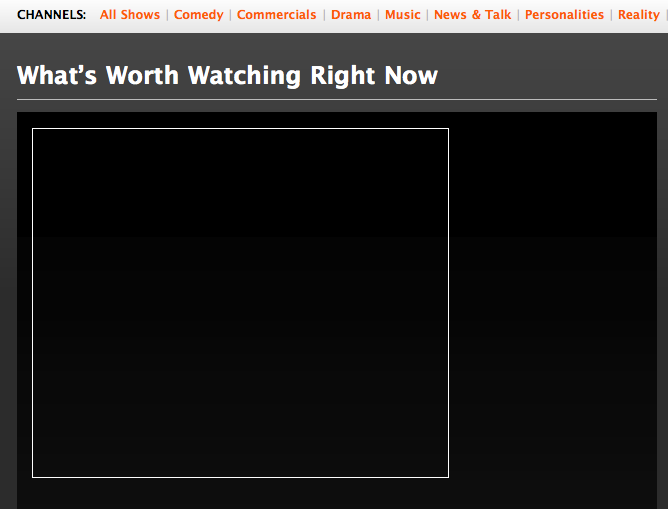Free Content “Bad for the Consumer” (Says Cable)

WASHINGTON, D.C. -- You probably thought that the best thing about the Internet is that content of all kinds – from news to stock prices to TV shows – is free.
But there is no such thing as free content. And don’t be surprised if by year’s end, cable operators begin to charge for video programming, even when they deliver it through a cable modem.

The watch words came this afternoon at the opening session of the 2009 Cable Show in Washington, D.C.
“Completely free content is bad for the consumer,’’ said Jerry Kent, chairman and chief executive of SuddenLink Communications, the eighth largest cable system operator in the United States.
His precedents: original music and original news, which have become hard to fund, because of the free nature of the Internet..
The diminution of music occurred, as the recording industry and its retailers “ignored” what happened to their ability to spawn fresh, high-quality content when free downloading and exchange of their product was not precluded, by technical or other means.
In the case of original reporting, the newspaper industry freely embraced the free nature of news on the Internet. But, because it didn’t charge for its original reporting and didn’t capitalize in online classified ads, for instance, the economic support for its original reporting disappeared.
Cable operators and programmers should avoid those fates – in order to continue to deliver high-quality video to consumers. This, even if the show is carried over a TV-like channel to the cable modem.
In fact, capturing more viewing time online or on mobile devices is a “huge opportunity for our industry,’’ said Pat Esser, the president of Cox Communications, one of the top five cable system operators. Right now, consumers spend 8.5 hours in front of some sort of screen every day – and only 4.5 hours of that time is spent in front of a TV screen.
And Comcast, the largest operator, clearly wants to extend its success in delivering videos on demand from TV viewing to computer viewing. It recently disclosed its plans for a service called “OnDemand Online” and its chief executive, Brian Roberts noted Wednesday, that its TV customers had just ordered the 11 billionth viewing of a video on demand, through their television remotes.
So, don’t be surprised to see a multiplicity of pricing mechanisms being affixed to video delivered over the Internet to cable modem users. In TV, the cable operators gets basic subscription fees each month for bundles of channels of programming, plus additional monthly fees for ‘premium’ channels such as HBO and Showtime. The operators (and programmers) also pull in one-time fees for the videos sent out “on demand.” And the split revenues from advertising within the shows, as well.
In fact, the mechanisms are going into place right now, to extend all these forms of billing, as well as personalized advertising, onto Web-delivered video, by year’s end.
One cable hardware and software provider, BigBand Networks, recently introduced, for instance, a “media services platform” which allows operators to modestly modify programming sitting on, for instance, a video-on-demand server so that it can be delivered reliably and at the same quality to handheld and lapheld screens. In addition, its servers, which sit at a cable TV hub, can capture and pass along information captured in “data hooks,’’ to the billing systems that an operator already uses to keep track of what to charge each customer each month.
The BigBand system is already going into place with one unnamed cable operator, according to BigBand marketing vice president John Holobinko.
Video on the Internet may still want to be free. But cable operators will soon be making the case that that would be a bad thing. For the consumer.